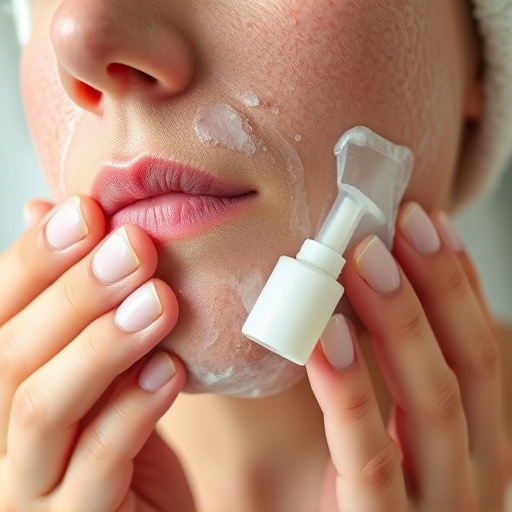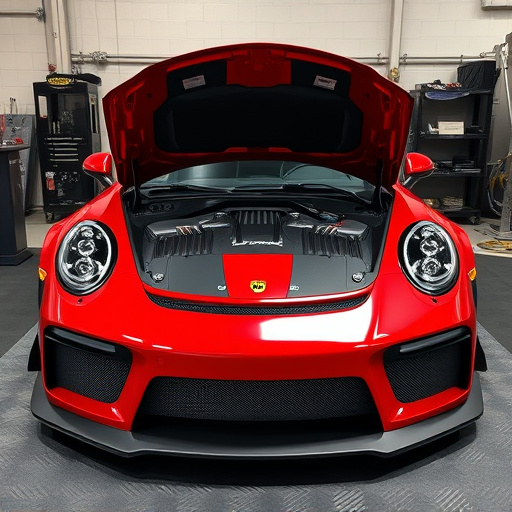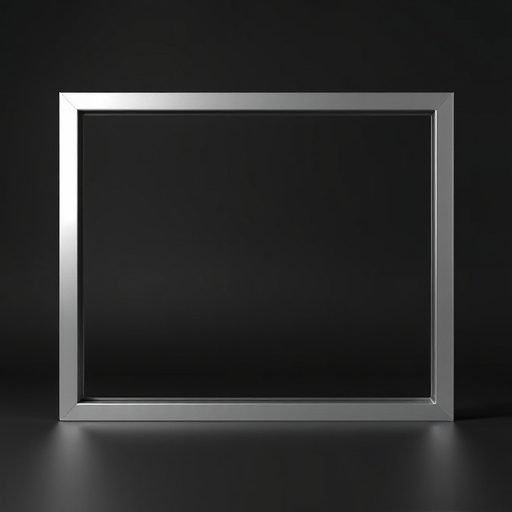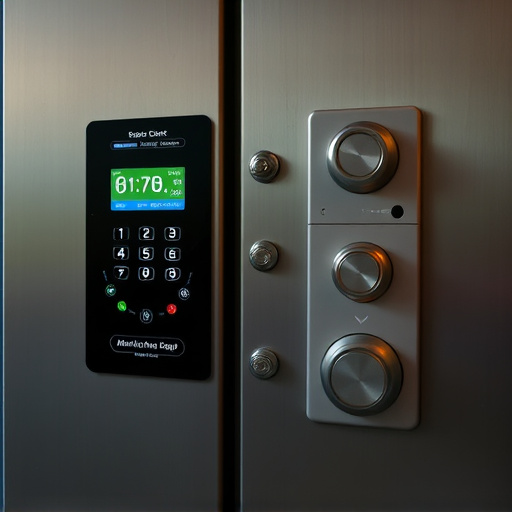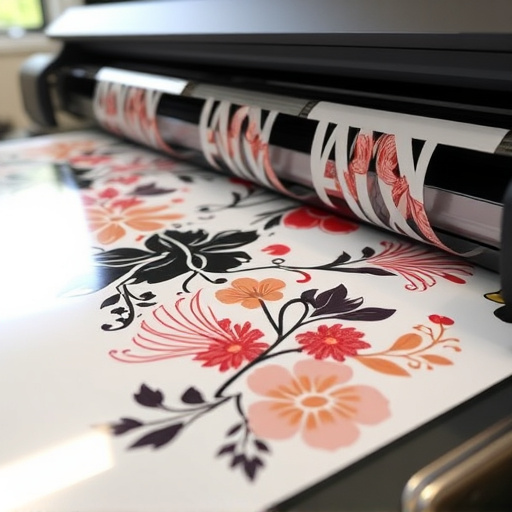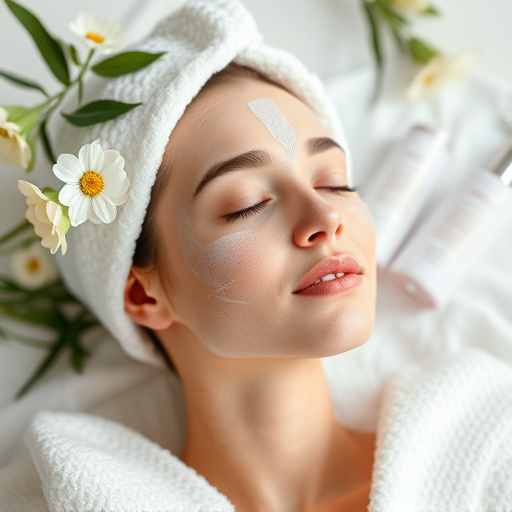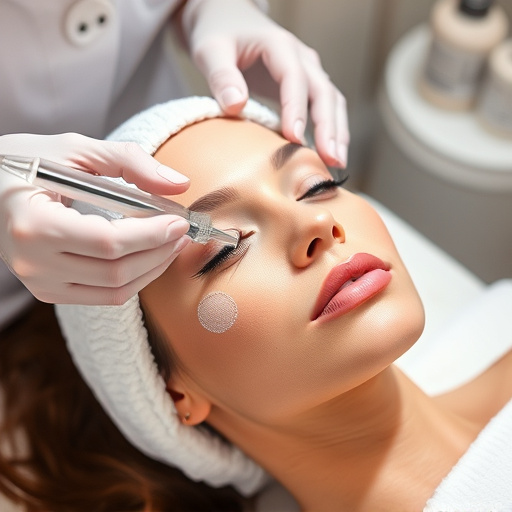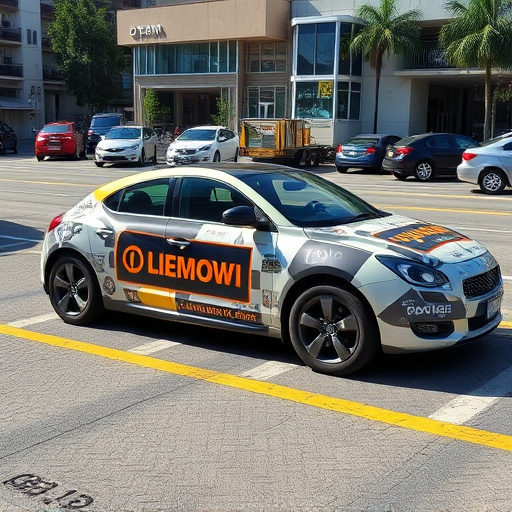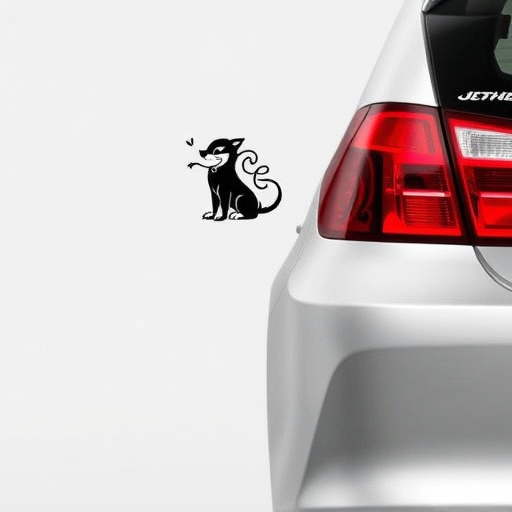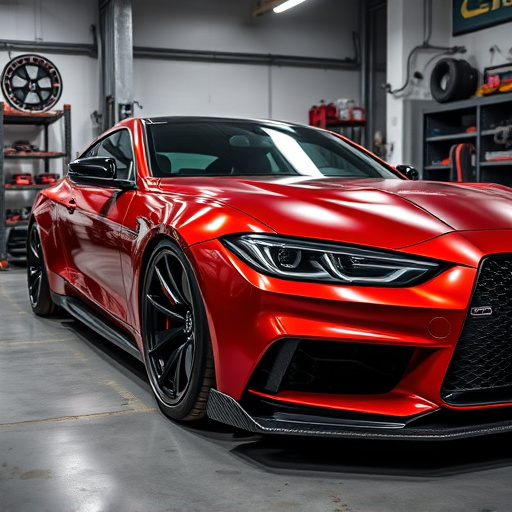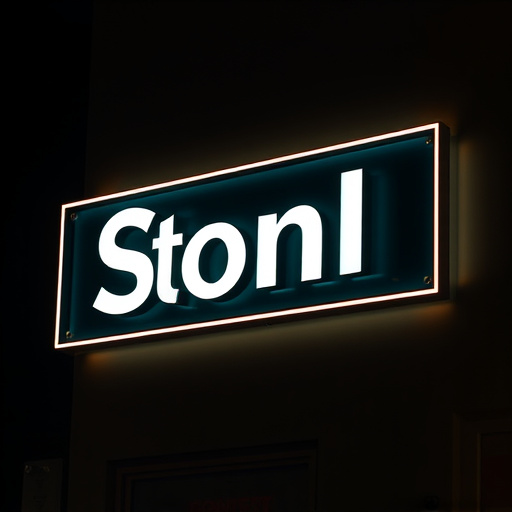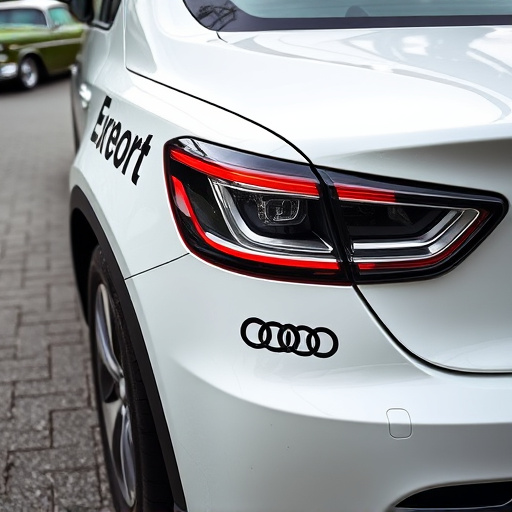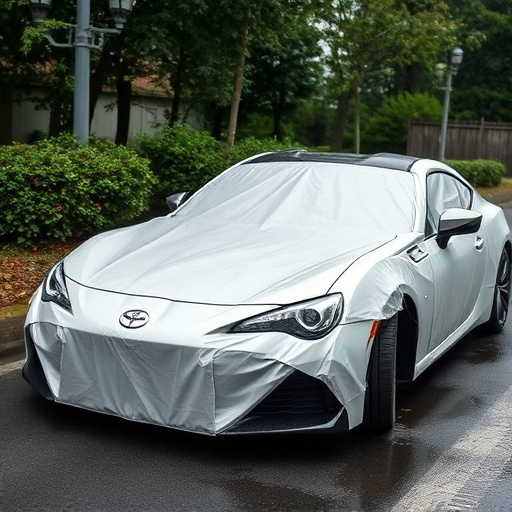A paint correction service restores a vehicle's gloss and protects against scratches by using specialized compounds and ceramic coatings. Polishing, a key component, refines the exterior with various abrasives for a showroom finish. Paint correction targets minor imperfections, while polishing enhances existing finishes. Choose between services based on your vehicle's needs: correction for significant issues or polishing for regular maintenance.
When it comes to restoring your vehicle’s exterior, understanding the nuances between paint correction services and polishing is vital. This article breaks down these two popular car care treatments, empowering you with knowledge. We’ll explore the fundamentals of paint correction—a meticulous process aimed at removing minor imperfections—and contrast it with the art of polishing, which enhances gloss and protects the paint. By the end, you’ll be equipped to make an informed decision for your vehicle’s needs.
- Understanding Paint Correction Service: The Basics
- Polishing Process: Techniques and Benefits Unveiled
- Key Differences: Choosing Between Correction and Polishing
Understanding Paint Correction Service: The Basics
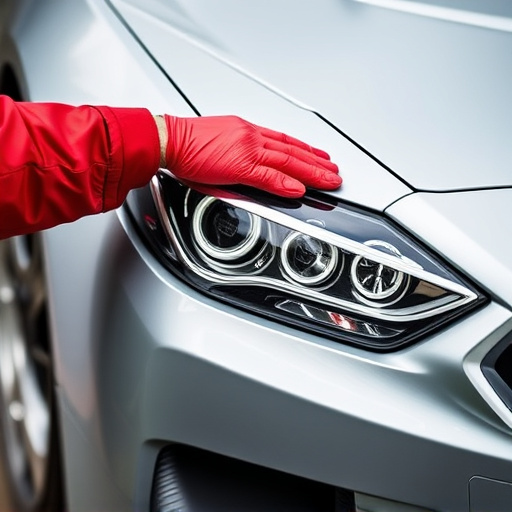
A paint correction service is a specialized process designed to restore the original gloss and smoothness of a vehicle’s paintwork. It involves meticulously removing minor imperfections like scratches, swirls, and dullness, exposing a clean, smooth base that enhances the overall aesthetics of the car. This service is crucial for those seeking to protect their investment, as it not only improves the visual appeal but also provides a layer of scratch protection, preserving the vehicle’s high-quality finishes over time.
The process typically starts with a thorough inspection to identify damage and determine the appropriate correction methods. Next, specialized compounds and tools are used to buff away defects at a microscopic level. This careful restoration ensures that the car’s paint remains seamless, reflecting light evenly for a glossy, deep finish. Often, a protective ceramic coating can be applied afterward, offering added scratch resistance and prolonging the life of the corrected paint job, resulting in a showroom-like appearance and feel.
Polishing Process: Techniques and Benefits Unveiled
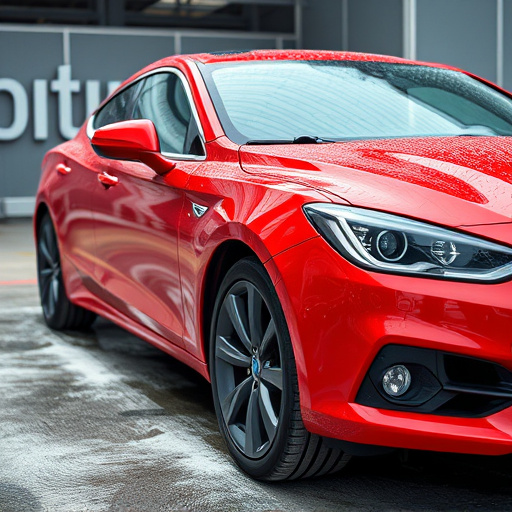
The polishing process involves a series of intricate techniques designed to enhance and protect a vehicle’s exterior. It starts with aggressive cutting compounds that remove minor scratches and imperfections, revealing a smoother surface. This initial step is crucial in preparing the paint for subsequent processes. As the polishing progresses, finer abrasives are used to achieve a flawless finish, ensuring high-quality finishes that not only restore but also safeguard the car’s paintwork.
Polishing offers numerous benefits beyond aesthetic improvements. By eliminating defects and creating a seamless surface, it enhances the car’s overall UV protection, preventing the degradation caused by sunlight. This process is an integral part of car customization, enabling owners to achieve a flawless, showroom-like look that stands out on the road.
Key Differences: Choosing Between Correction and Polishing
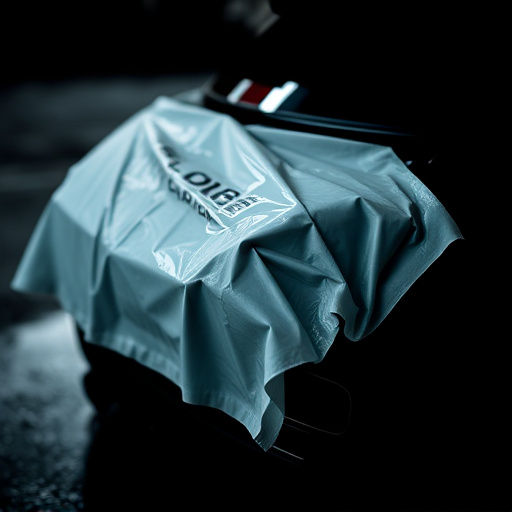
When deciding between a paint correction service and polishing, understanding the distinct approaches and benefits of each is essential for achieving the desired vehicle aesthetics. Paint correction focuses on removing minor scratches, swirls, and defects from the surface by using specialized compounds and mechanical methods. This process restores the original gloss and smoothness of the paintwork while maintaining its integrity. On the other hand, polishing involves buffing the surface to enhance its shine and reflectivity without necessarily addressing deep scratches. Polishing is often a quicker and less intensive service, ideal for minor upkeep or enhancing an already well-maintained finish.
Choosing between correction and polishing depends on the current state of your vehicle’s paint and your desired outcome. Paint correction is recommended for cars with noticeable imperfections, such as heavy swirls or oxidation, aiming for a completely restored look. Conversely, polishing is suitable for regular maintenance to keep the paintwork looking fresh between more intensive services or for enhancing the shine without addressing deep damage, especially when combined with other automotive detailing services like window tinting and UV protection for added protection.
When deciding between a paint correction service and polishing, understanding the distinct processes and their outcomes is key. Paint correction targets minor imperfections and scratches, restoring a car’s paintwork to its original condition. Polishing, on the other hand, enhances the finish by removing fine swirls and adding depth, making it ideal for achieving a showroom shine. Both services offer benefits, with pricing varying based on the level of treatment required. Choosing the right process depends on your vehicle’s current condition and desired aesthetic outcome.
